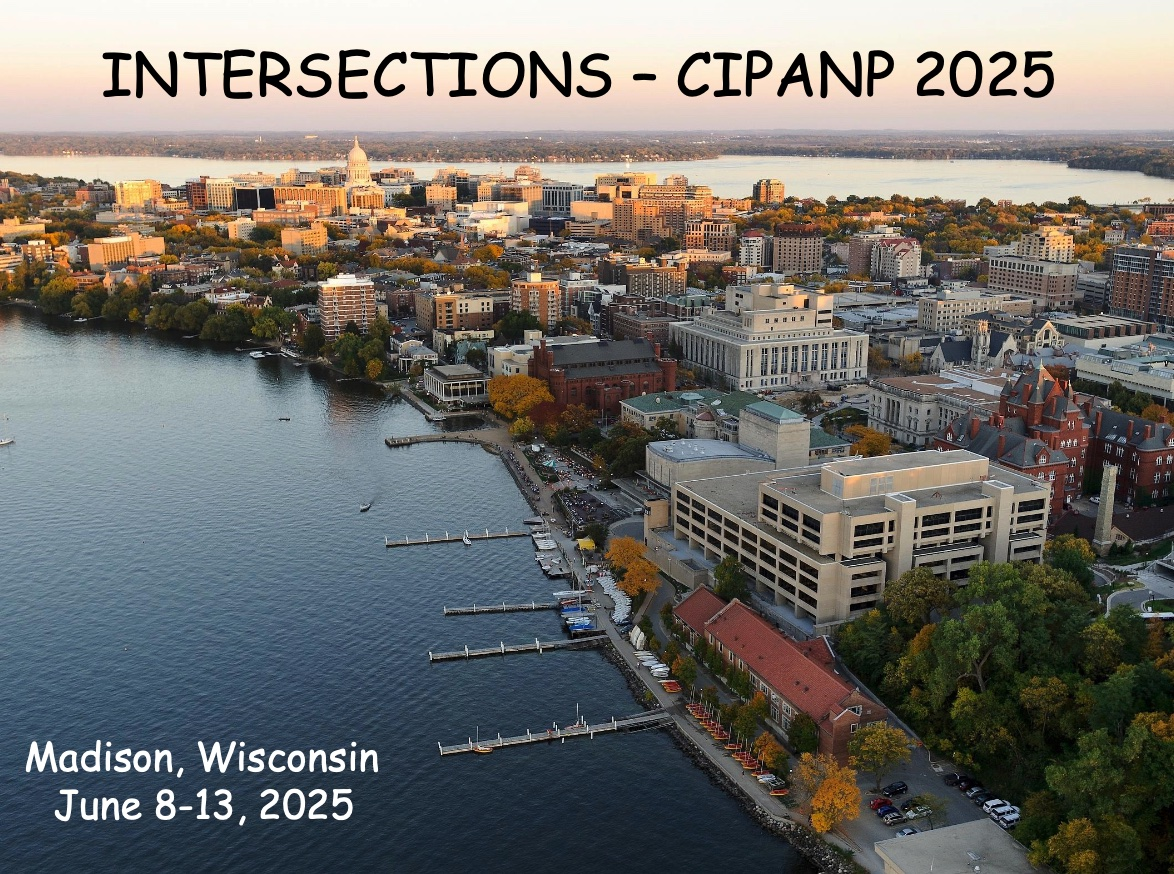Speaker
Description
Bhabha scattering will be one of several e+e- reactions available at the JLab fixed target, polarized e+ facility, and will arguably be the easiest to cleanly measure. Rates will be high enough to measure asymmetries with ppm level uncertainties. What physics can we then explore? Because the Higgs-electron coupling to the electron is highly suppressed by the small electron mass, the s-channel in Bhabha scattering is dominated by the exchange of a gamma or Z. Their spin = 1 character enforces helicity conservation to an excellent approximation, leading to half a dozen transverse Bhabha asymmetries which are suppressed by the 1st or 2nd power of $m_e/E_{cm}$. I find that the s-channel exchange of spin = 0 can interfere with t-channel photon exchange to produce significant effects in the doubly helicity-suppressed, parity conserving asymmetry proportional to the helicity amplitude product $F_{LL}F_{RR}$. Such a measurement has the potential to constrain the mass and couplings to electrons of BSM scalars, pseudo-scalars, and tensors, with no ambiguity as to whether on-shell decays of such BSM particles would be visible or invisible. Singly helicity-suppressed Bhabha transverse asymmetries can be used to constrain additional BSM sources of helicity flip such as dipole operators.

